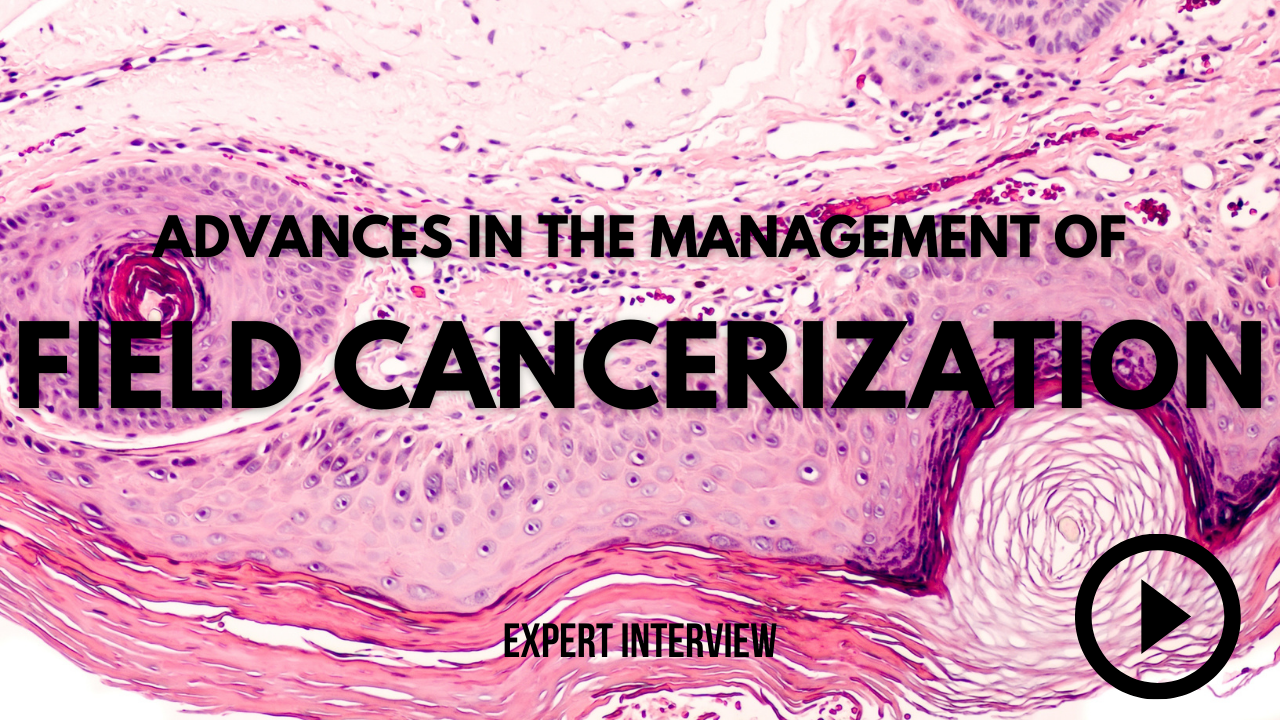- Acne
- Actinic Keratosis
- Aesthetics
- Alopecia
- Atopic Dermatitis
- Buy-and-Bill
- COVID-19
- Case-Based Roundtable
- Chronic Hand Eczema
- Chronic Spontaneous Urticaria
- Drug Watch
- Eczema
- General Dermatology
- Hidradenitis Suppurativa
- Melasma
- NP and PA
- Pediatric Dermatology
- Pigmentary Disorders
- Practice Management
- Precision Medicine and Biologics
- Prurigo Nodularis
- Psoriasis
- Psoriatic Arthritis
- Rare Disease
- Rosacea
- Skin Cancer
- Vitiligo
- Wound Care
News
Article
Photodynamic Therapy is an Effective, Long-Term Treatment for Actinic Keratosis
Author(s):
Follow-up phase 3 data showed BF-200 ALA to be a safe and effective therapy for AK, when compared to placebo.
Image Credit: © clsdesign - stock.adobe.com

A new study evaluated the efficacy and safety of field-directed photodynamic therapy (PDT) for mild to moderate actinic keratosis (AK) on the face and scalp.1 BF-200 ALA (aminolaevulinic acid) is a non-invasive, selective treatment that provides excellent cosmetic results.
This trial was the follow-up of a randomized, double-blind, multicenter, placebo-controlled, phase 3 study (NCT01966120), which compared the efficacy of BF-200 ALA to placebo when using the BF-RhodoLED lamp. It took place throughout 7 centers in Germany from October 2013 to April 2015.
The sample size was split between 54 participants in the BF-200 ALA group and 30 in the placebo group. In the placebo group, 4 participants were lost to follow-up. Nearly all patients were male with a mean age of 71.6. Patients had between 4 and 8 AK lesions on the face and scalp, at a treatment area of about 20 cm2. The average number of lesions per participant was 5.4.
Patients received 1 or 2 field-directed PDTs with either BF-200 ALA or placebo. If any AKs remained 12 weeks after the first PDT treatment, the patient received a second PDT session. Results were evaluated at 6 and 12 months after the last PDT session.
Complete remission of all target lesions equated to an Olsen grade of 0. Cosmetic outcome was also evaluated on a 4-point scale (none, mild, moderate, severe). Investigators measured roughness, dryness, scaling, hyper- and hypopigmentation, irregular pigmentation, degree of scarring, and atrophy.
In the BF-200 ALA group, more than 90% of patients were completely cleared at the first follow-up. Of these, 75.5% remained clear after 6 months and 63.3% were still cleared after 12 months. In the placebo group, 23.3% of participants were completely cleared at follow-up, with 85.7% remaining clear at both visits afterward.
Most AK recurrences were observed in the first 6 months after the last PDT. Participants with a baseline lesion number ≥ 6 had higher recurrence rates at 6 months than those with ≤5. For those with recurrence, 90.9% of lesions in the BF-200 ALA group were still cleared 12 months after the final PDT. In the placebo group, 32.1% were completely cleared at the end of the trial.
Thus, the probability of a participant to be initially completely cleared and to remain cleared for 12 months was 57.4% for BF-200 ALA versus 20.0% for placebo. Furthermore, the probability of a lesion to be initially cleared and remain cleared for 12 months was 85.4% for BF-200 ALA versus 31.5% for placebo.
The majority of BF-200 ALA participants (83.3%) had at least a 1-point improvement on the cosmetic outcome scale and rated this as “very good” or “good.” All parameters of skin quality, including atrophy, skin surface impairment, and hyperpigmentation improved during follow-up for both groups. Notably, 100% of BF-200 ALA patients saw an improvement in scarring. The proportion of patients with cosmetic impairments after follow-up was lower in the BF-200 ALA group.
In terms of adverse events at follow-up, 4 participants in the BF-200 ALA group developed new AK lesions. This was not observed in the placebo group.
The small sample size made it difficult to draw additional conclusions from subgroup analysis. Despite this, the promising data indicates that field-directed PDT is a beneficial long-term treatment for patients with AK.
“The chronic nature of the disease and recurrence rates are a major health issue,” the authors wrote. “It should be noted that the treatment was applied field-directed on an area with presumably plenty of subclinical lesions. Field-directed treatment might therefore be an excellent tool to treat subclinical lesions to prevent their occurrence and progression.”
In 2014, BF-200 ALA was ranked as the most effective of all AK treatment options available in Europe.2 Although PDT is known to be effective for AK, data on its long-term efficacy and improvement of skin quality was previously scarce.
References
1. Reinhold U, Philipp-Dormston WG, Dirschka T, et al. Long-term follow-up of a randomized, double-blind, phase III, multi-centre study to evaluate the safety and efficacy of field-directed photodynamic therapy (PDT) of mild to moderate actinic keratosis using BF-200 ALA versus placebo and the BF-RhodoLED® lamp. J Eur Acad Dermatol Venereol. Published online December 12, 2024. doi:10.1111/jdv.20452
2. Vegter S, Tolley K. A network meta-analysis of the relative efficacy of treatments for actinic keratosis of the face or scalp in Europe. PLoS One. 2014;9(6):e96829. Published 2014 Jun 3. doi:10.1371/journal.pone.0096829
Newsletter
Like what you’re reading? Subscribe to Dermatology Times for weekly updates on therapies, innovations, and real-world practice tips.







